Wouldn't it be nice to see the Go Train coming in and out of Union Station? Or to watch droves of commuters making their way up Bay Street again threading their way through bumper-to-bumper traffic? What about more than one Starbucks within a ten-block radius of downtown!
Given that we are moving into the next new 'normal,' I thought it would be fun to look back at the history of the "Go Transit," the commuter transportation network that has made it possible for thousands of people to come to Toronto to earn their living.
In this blog, you'll find out about:
1) a brief history of the Go Train from 1967 to present interspersed with
2) excellent commuter art gifts from everyone's favourite Toronto Artist, David Crighton, that go along with our theme of transportation in the GTA
History of the Go Train
1) On May 23, 1967, Ontario's first interregional rail transit system was open for business. Single-deck push-pull coaches built by Hawker-Siddeley Canada transported passengers on the Lakeshore line between Pickering-Union-Oakville-Hamilton for free.

2) In 1967, a one-way fare between Oakville and Union Station was 95¢.
3) In September of 1970, the first buses operated by GO Transit were unveiled at Queen's Park. The service linked Oshawa on the east and Hamilton on the west, with a bus commuter service running north to Newmarket from Toronto.

4) As expansion continued, GO introduced its Georgetown line on April 27, 1974. It served the Bloor, Weston, Malton, Bramalea, Brampton and Georgetown stations. In May of 1975, monthly ridership was 35,998. A year later, that number rose to 63,223.
5) On March 13, 1978, GO introduced its first bi-level trains and put Seventy-eight trains into service. With a seating capacity of 162 passengers, the bi-level train offered 70% more seating than the single-level cars, which sat 96.

6) On September 2, 1982, the GO Train service began in Bradford and Stouffville and replaced VIA Rail's passenger service previously running along those lines.

7) In the '80s, an adult could get on the GO for $1.35. A child could join them for 68¢ – a drop in the bucket compared to what it cost to own the latest technological breakthrough: a CD player, priced at $1,100.
8) On June 1, 1995, ten GO Stations became wheelchair accessible. The modified stations were Oakville, Milton, Aurora, Richmond Hill, Old Cummer, Stouffville, Unionville, Pickering, Oshawa, and Union.

9) For the low price of $1.80, an adult could buy GO fare. For a child, the price was 90¢. If you wanted to get your hands on a brand new, 50-inch plasma TV, that would set you back $20,000.
10) In 2000, GO Transit broke ridership records by carrying its 40-millionth passenger in one year.
11) In the Fall of 2007, GO added a new bus service between the University of Guelph and Cooksville.
12) Great news for cyclists: In 2008, Go Transit introduced bikes racks on all GO Buses in the fleet.
13) On May 14, 2009, GO Transit merged with Metrolinx after the Greater Toronto and Hamilton Area Transit Implementation Act was approved.
14) In 2009, GO Transit adopted the new PRESTO payment system.

15) On June 6, 2015, Metrolinx launched the Union Pearson (UP) Express. As a result, North America's first dedicated express rail train started to provide regular service between Union Station and Toronto Pearson Airport in just 25 minutes.
22) On a typical weekday, GO runs 272 train trips that accommodate approximately 268,000 passengers travelling through the GO system.
23) GO is expanding to keep up with a projected ridership of over 127 million by 2029.
24) Light Rail Transit (LRT) is the future of urban transportation.
Visit our Go Transit Collection to see our selection of products.
I'd love to hear your stories about your journeys on Go Trains and buses throughout southern Ontario. Share them below!
Here's a visual history of the Go Train created by isuaga.com.
Thanks to isuaga.com. Pamela Johnston, owner of Totally Toronto Art, has been creating beautifully made art products using the artwork of renowned and celebrated Toronto Artist David Crighton since 2014.


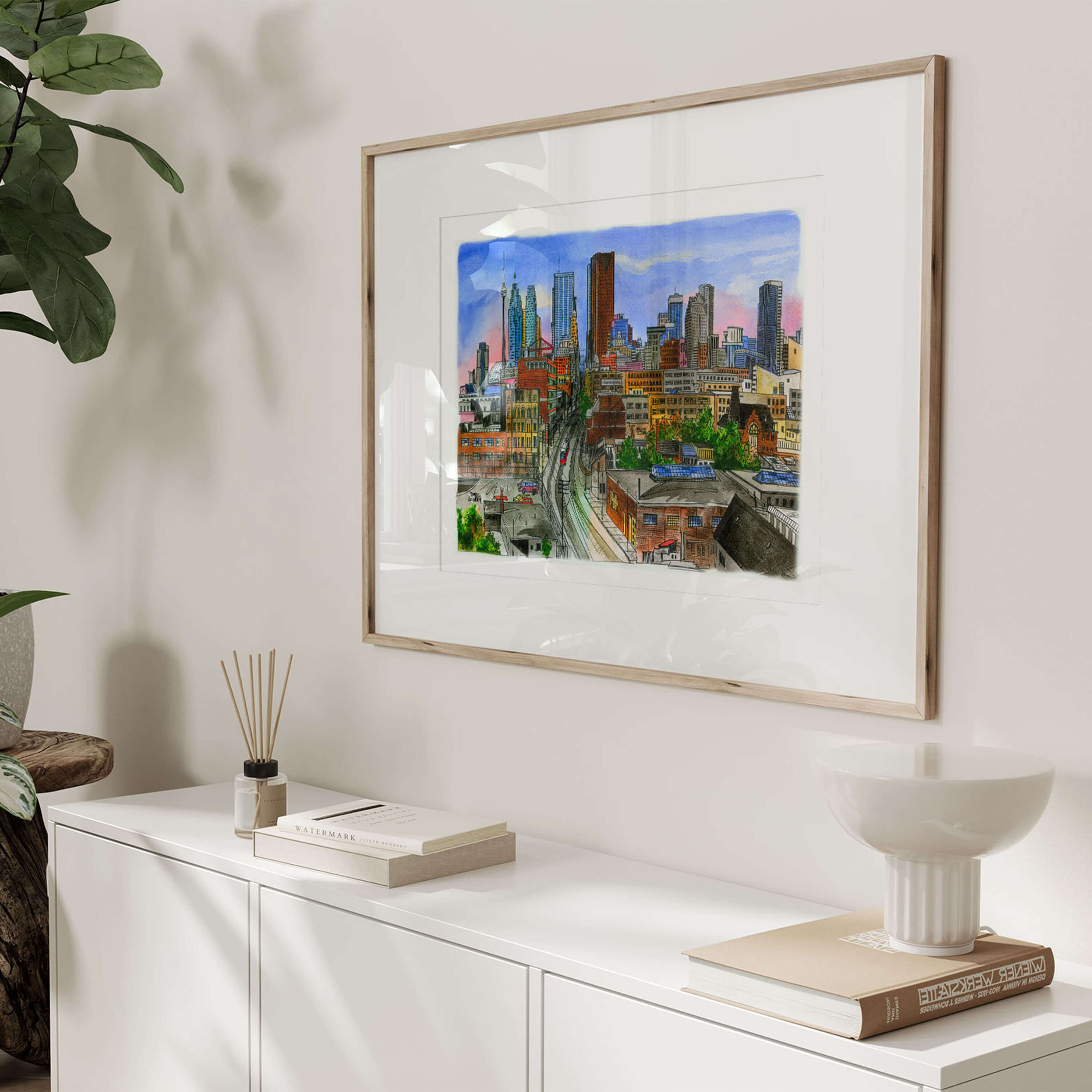
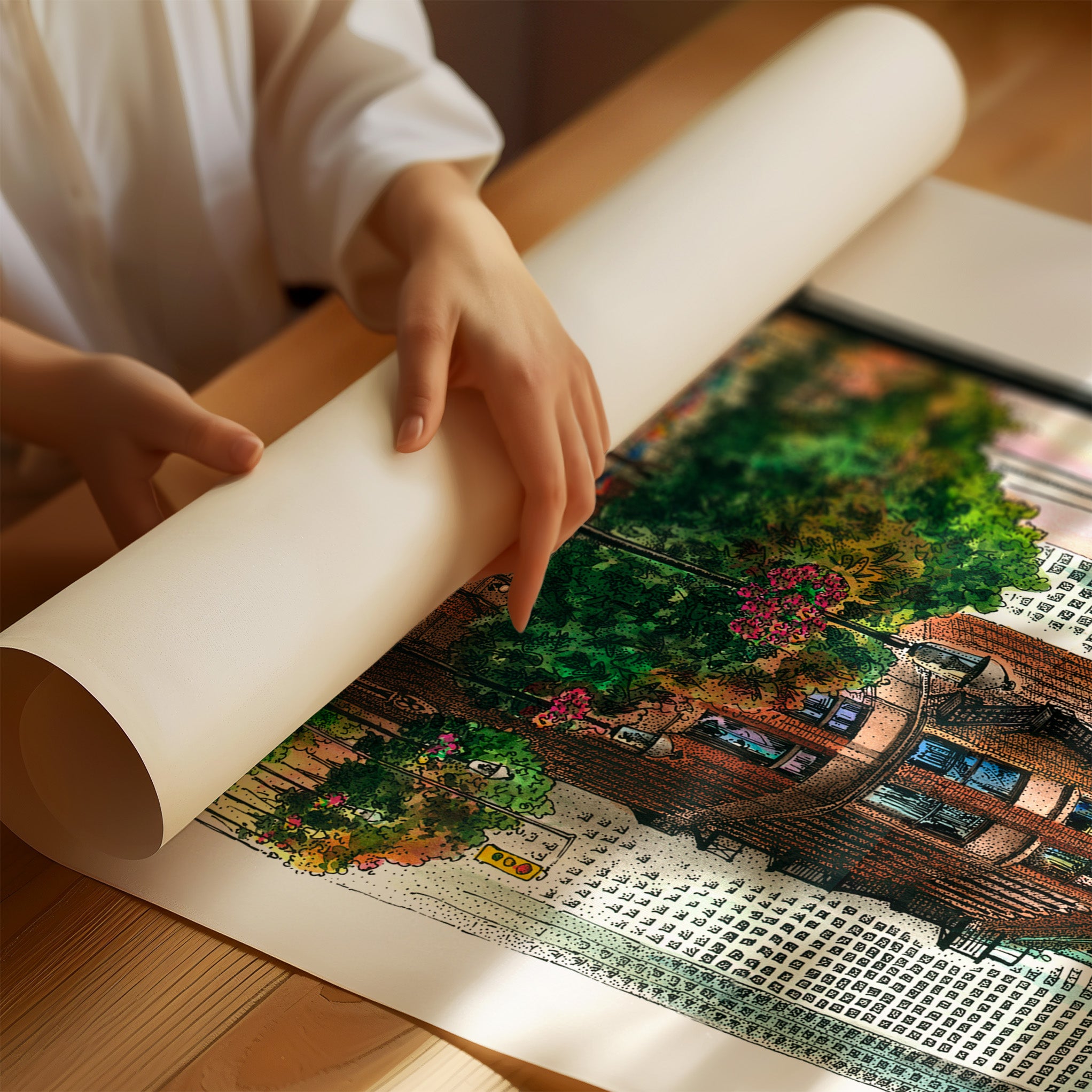
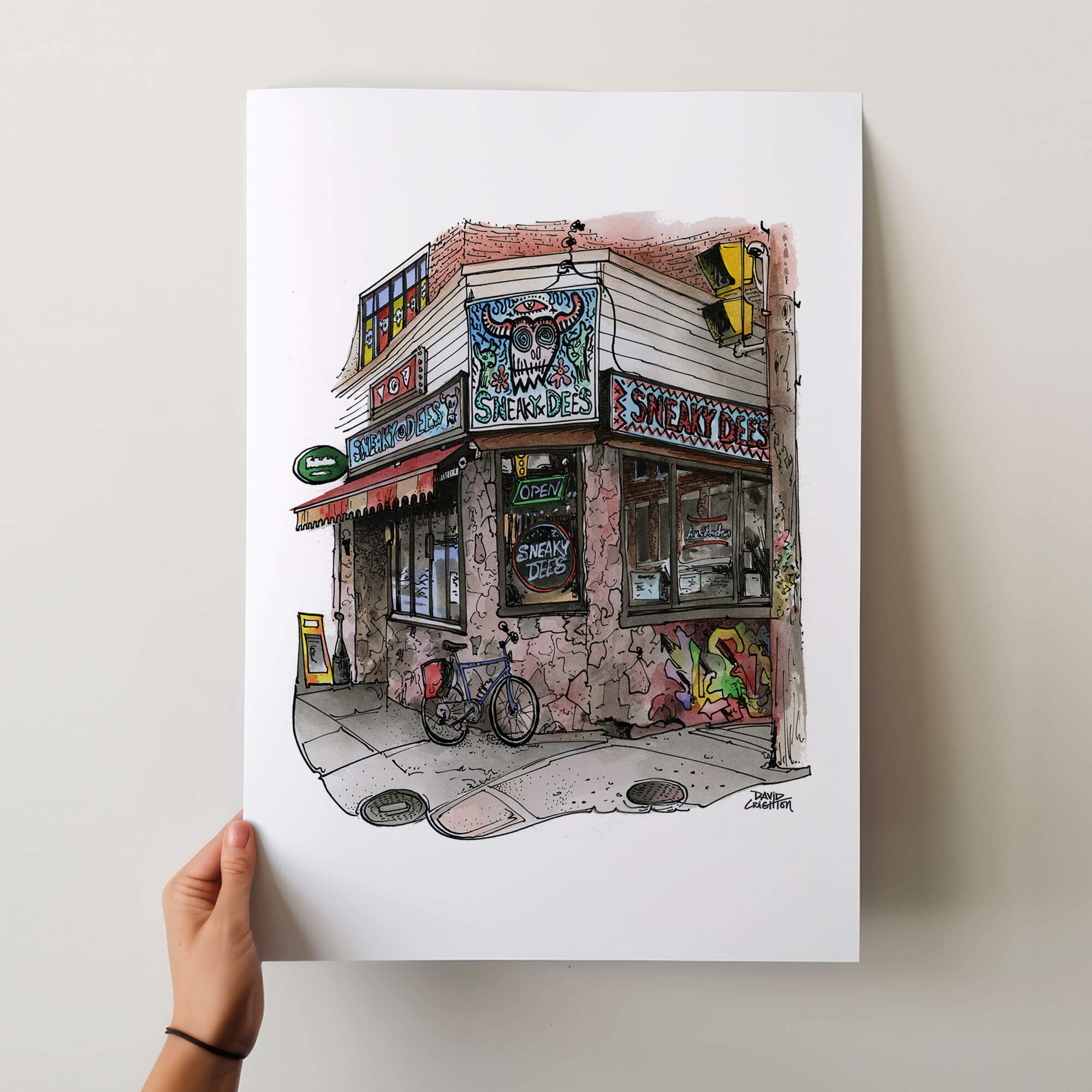
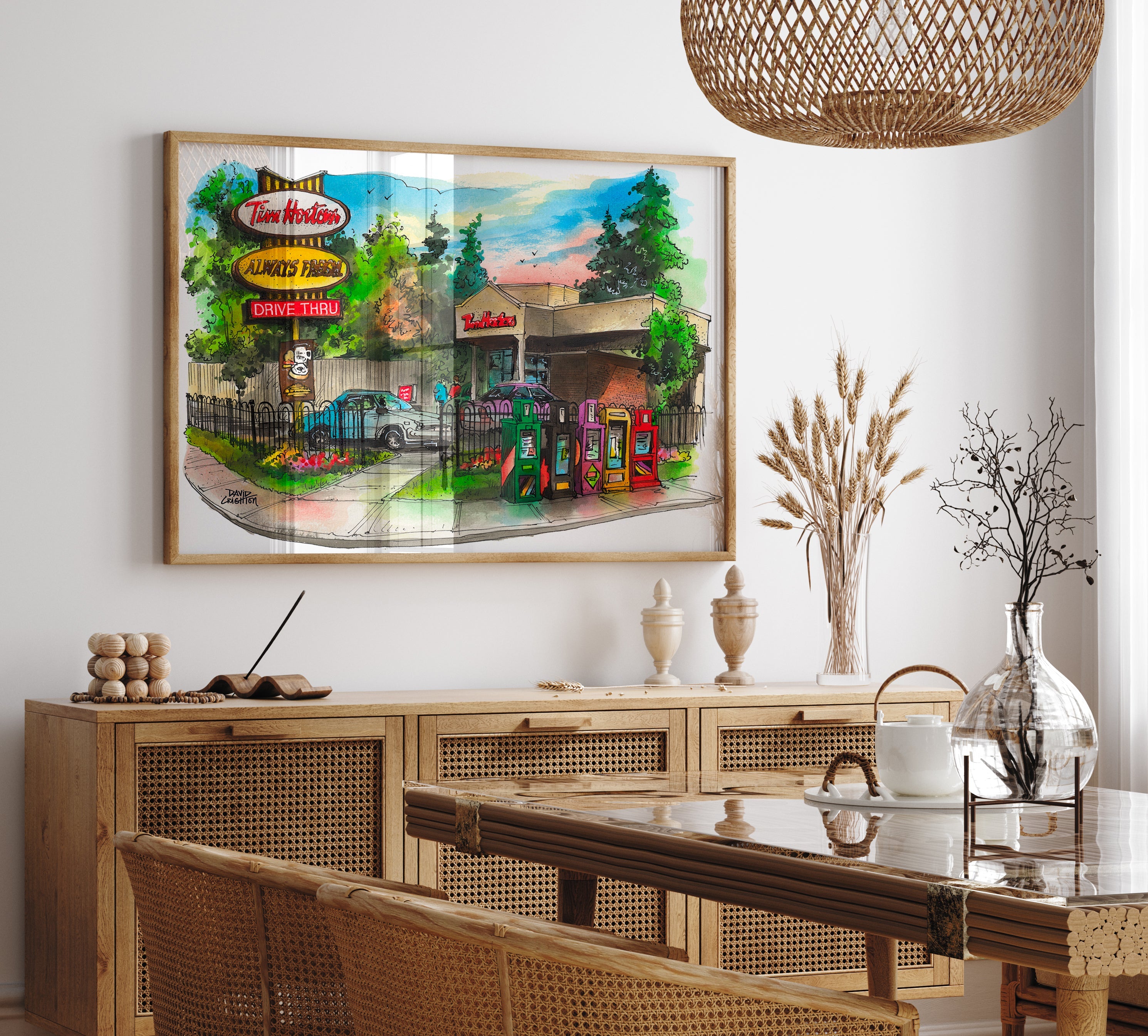
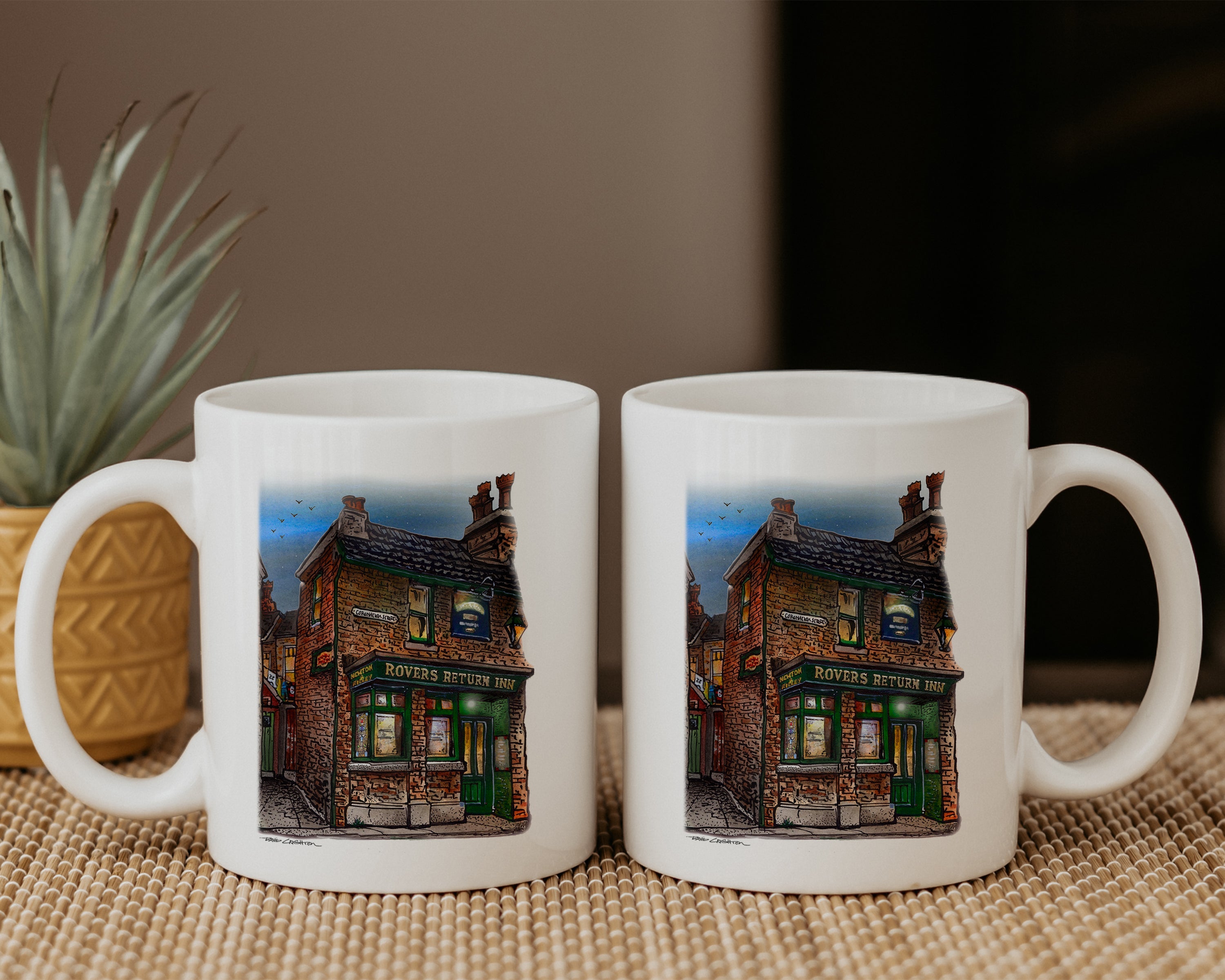
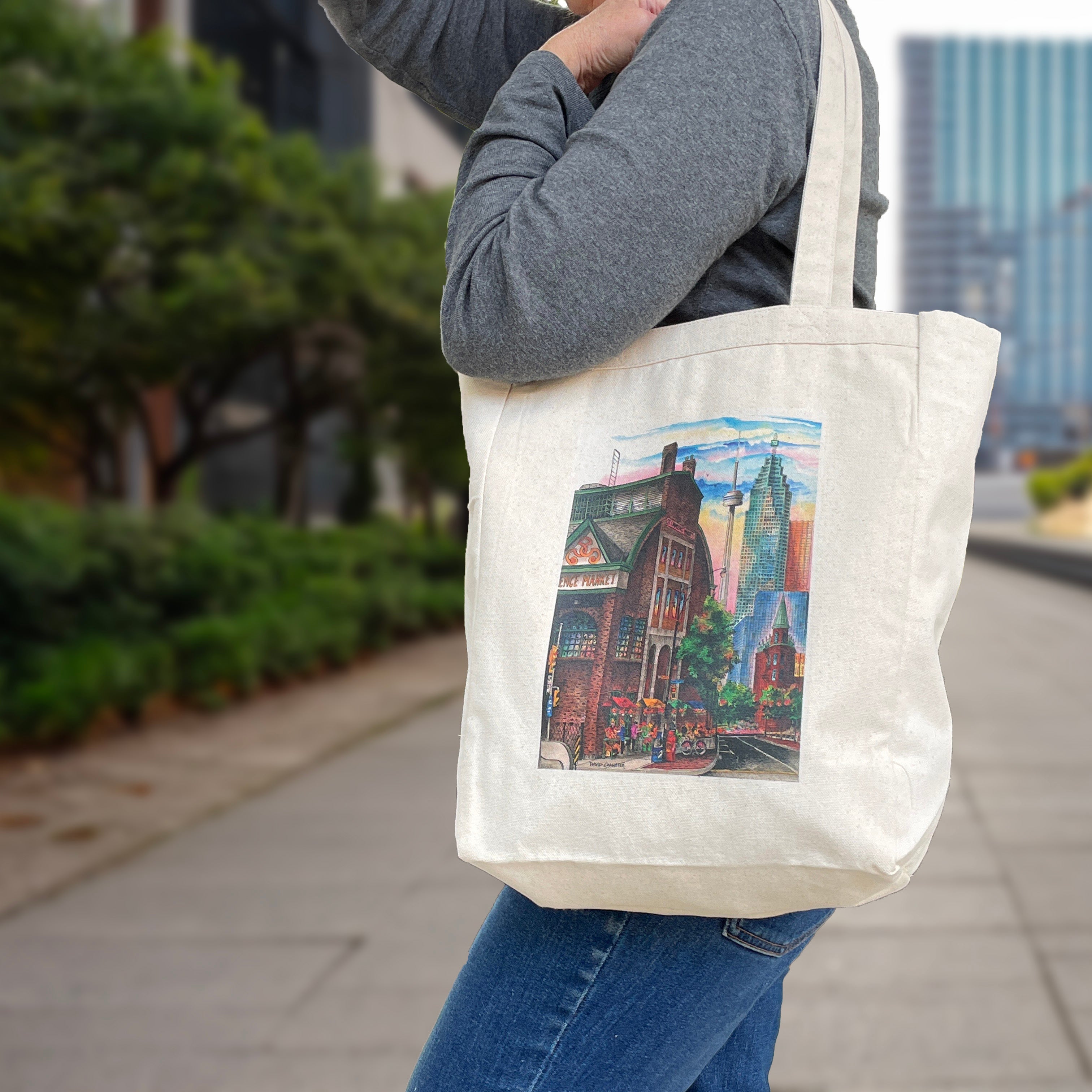
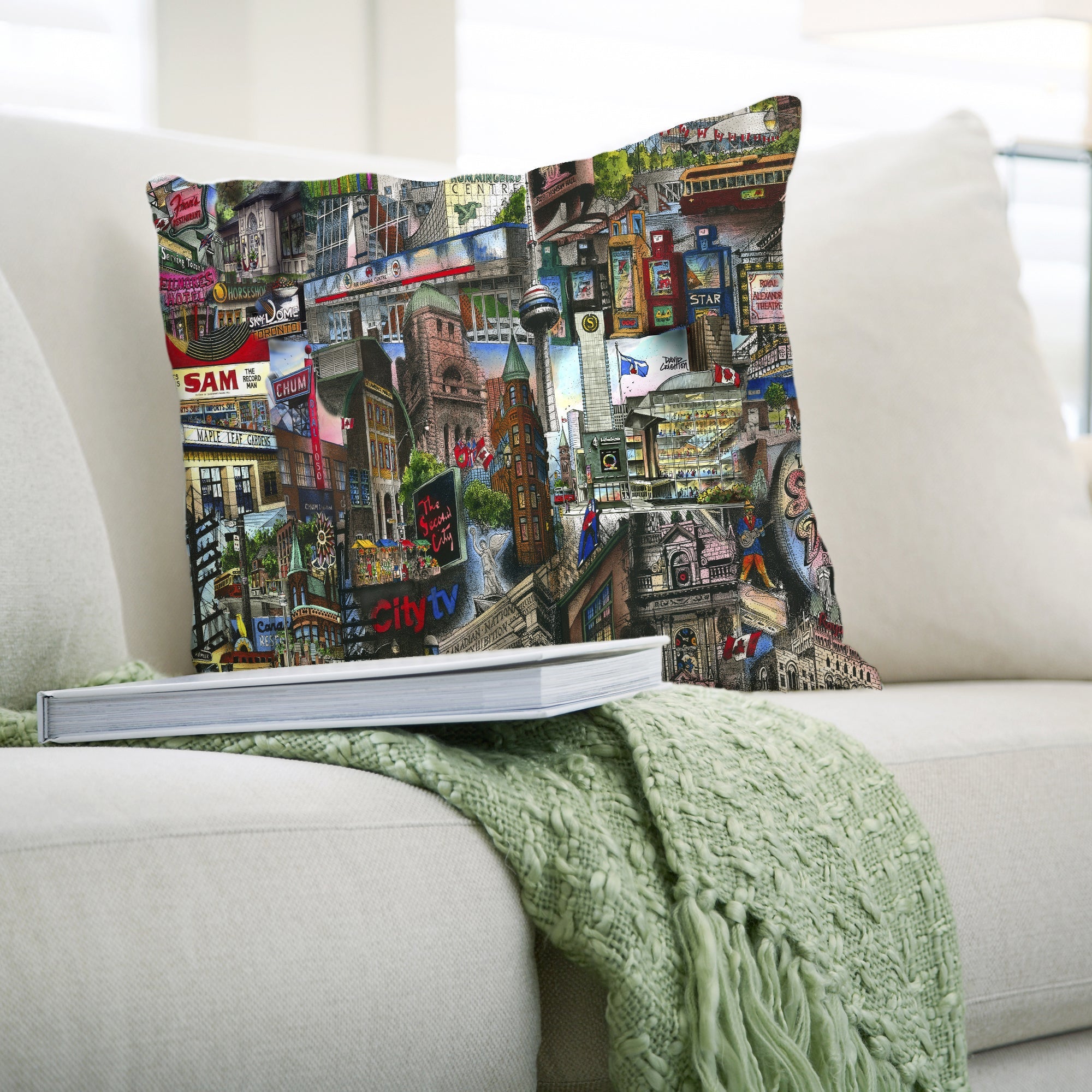
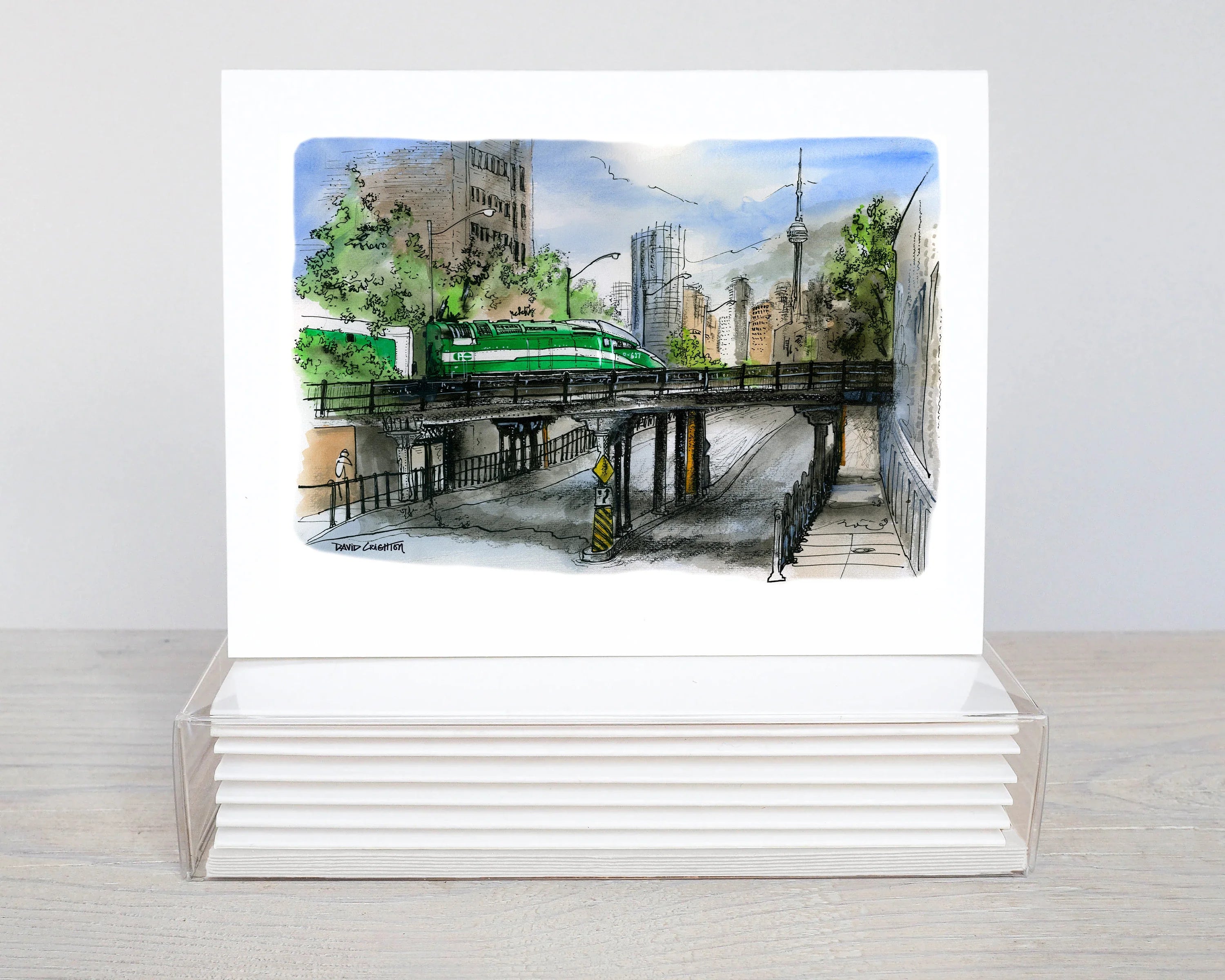
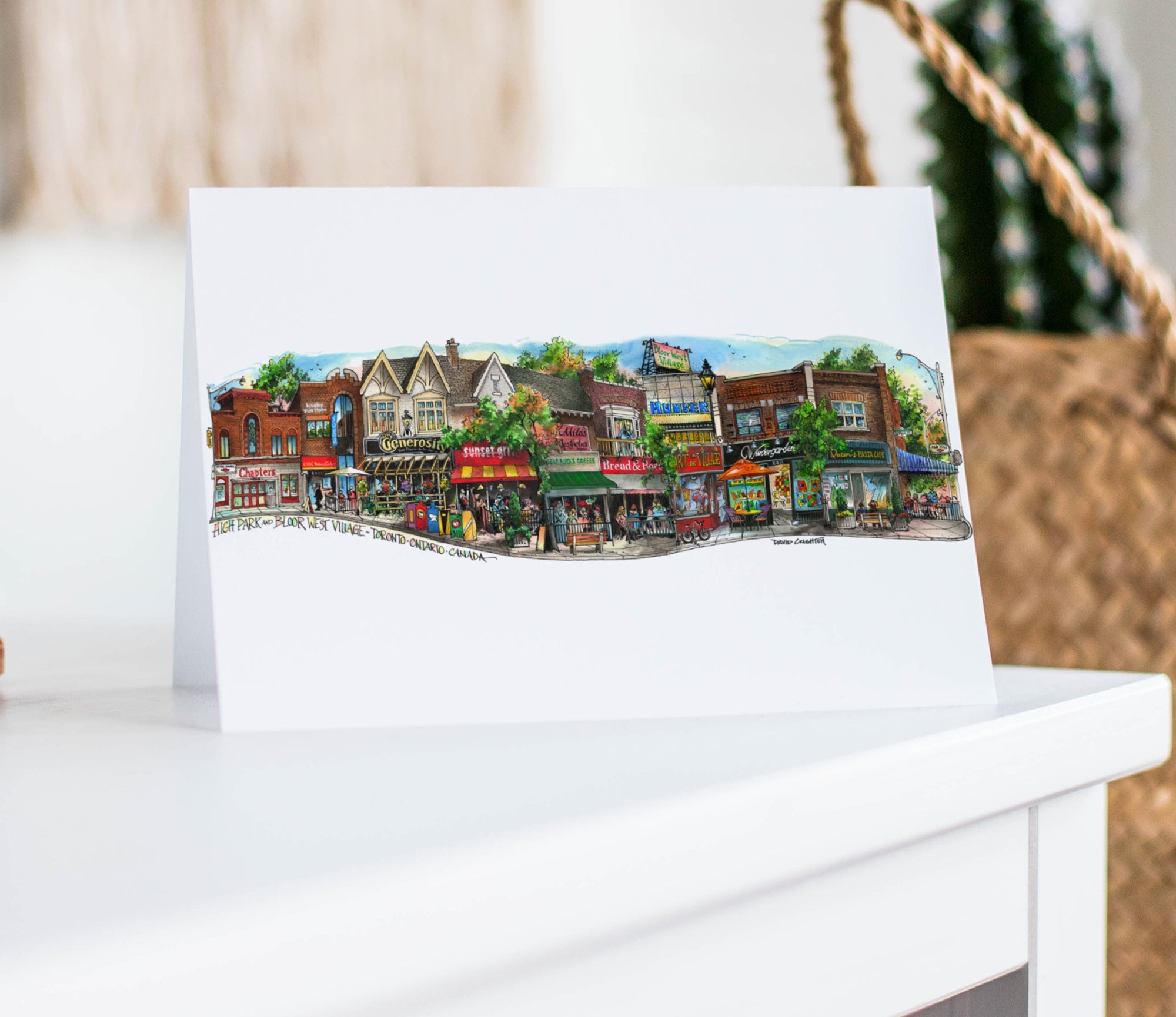
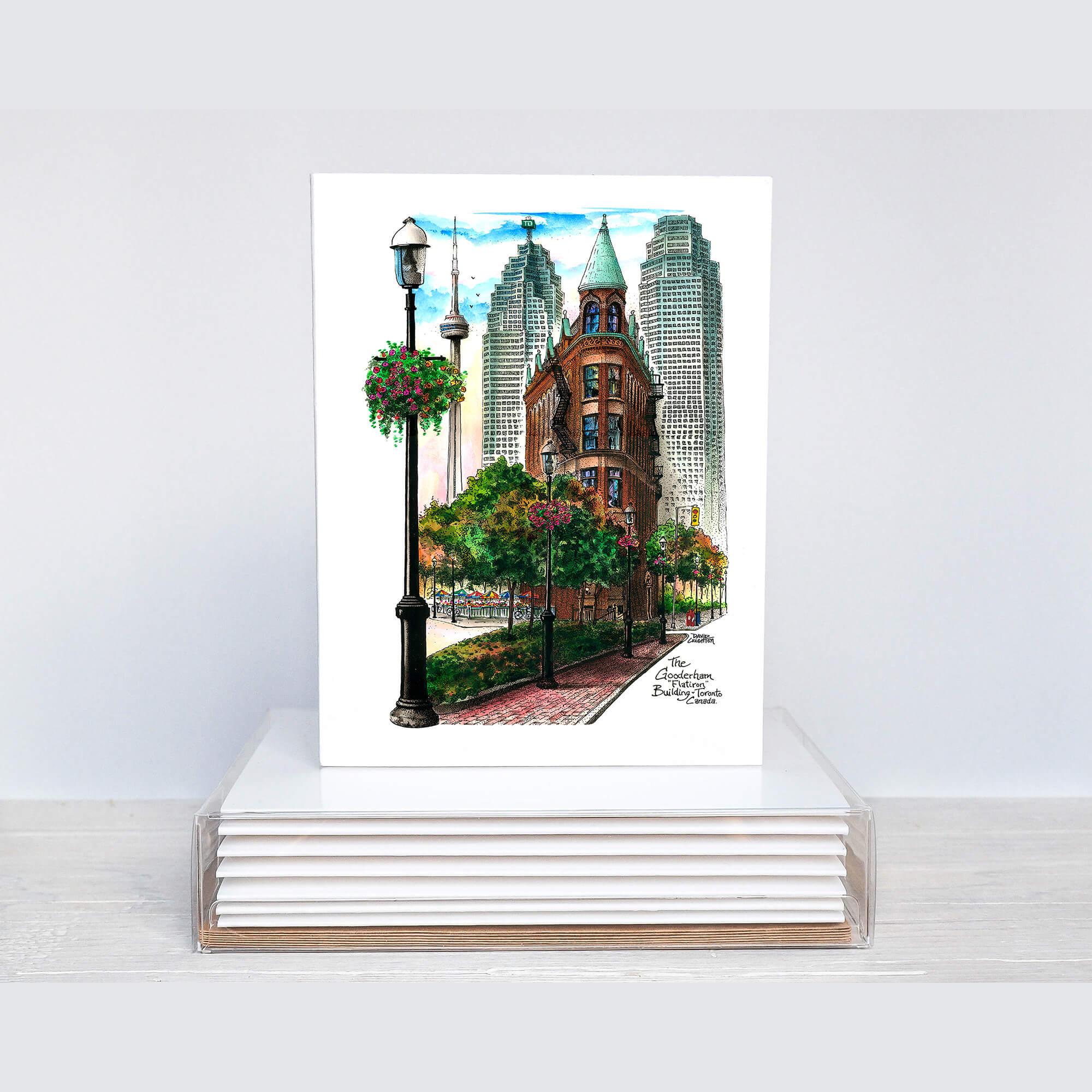
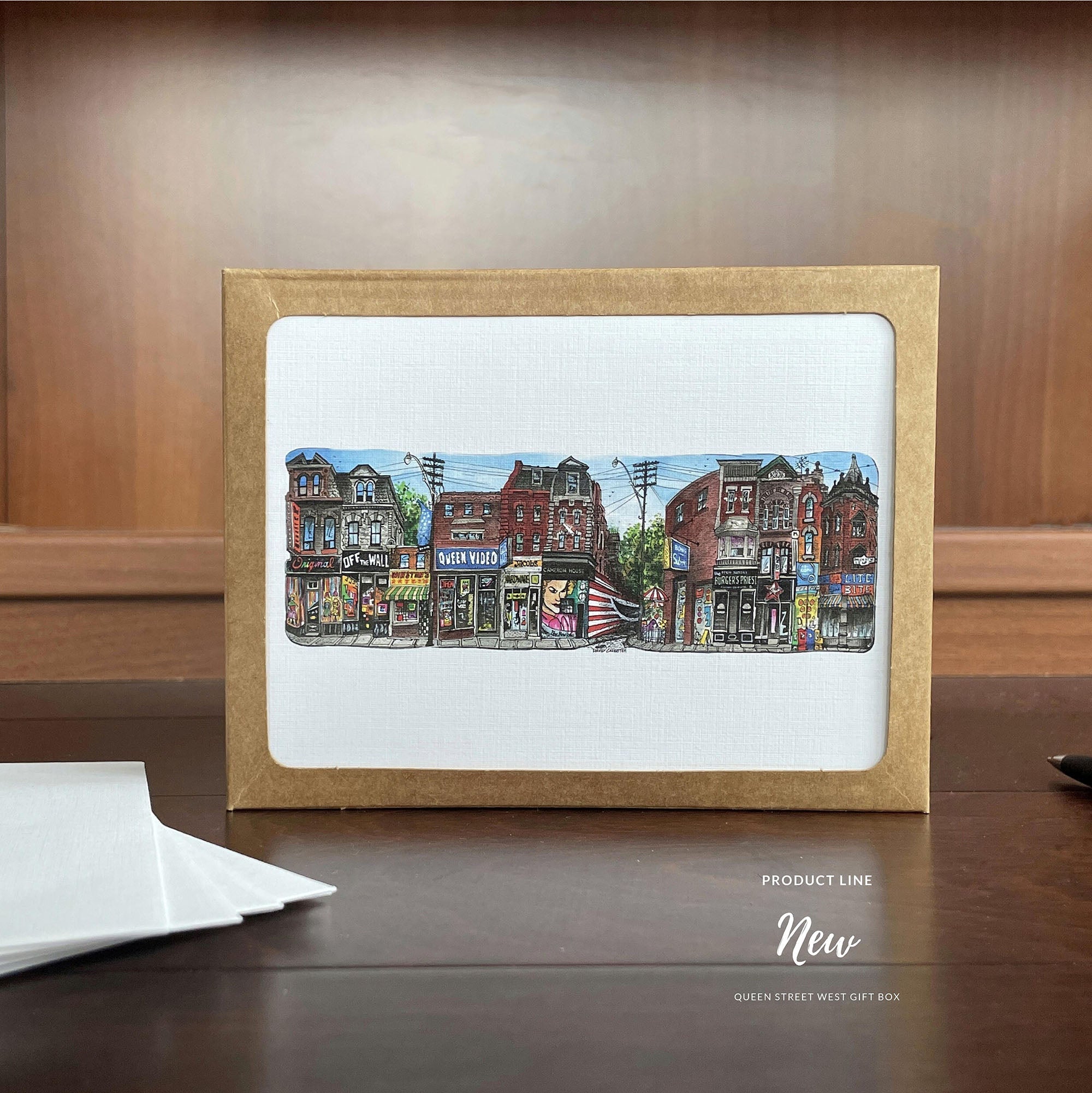
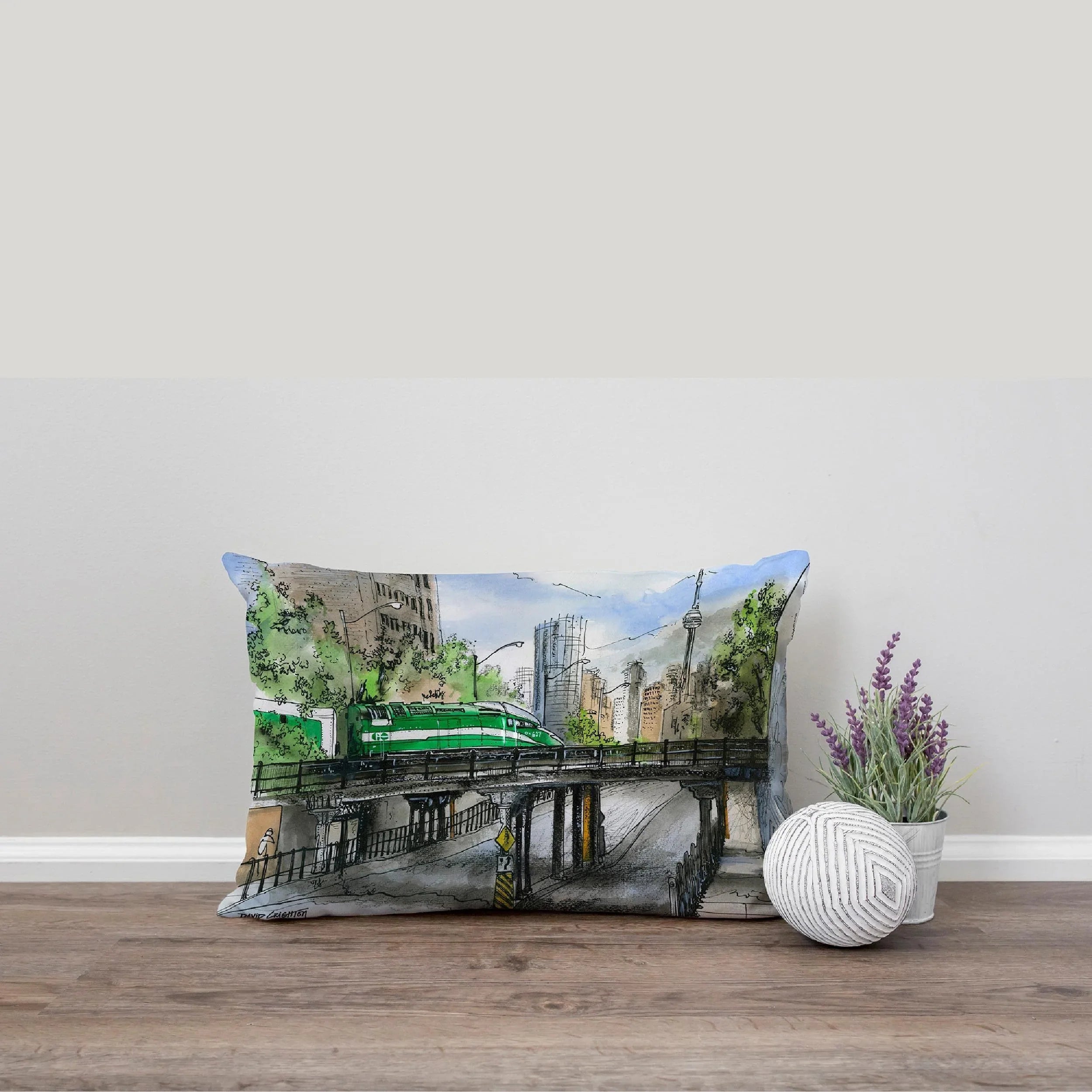



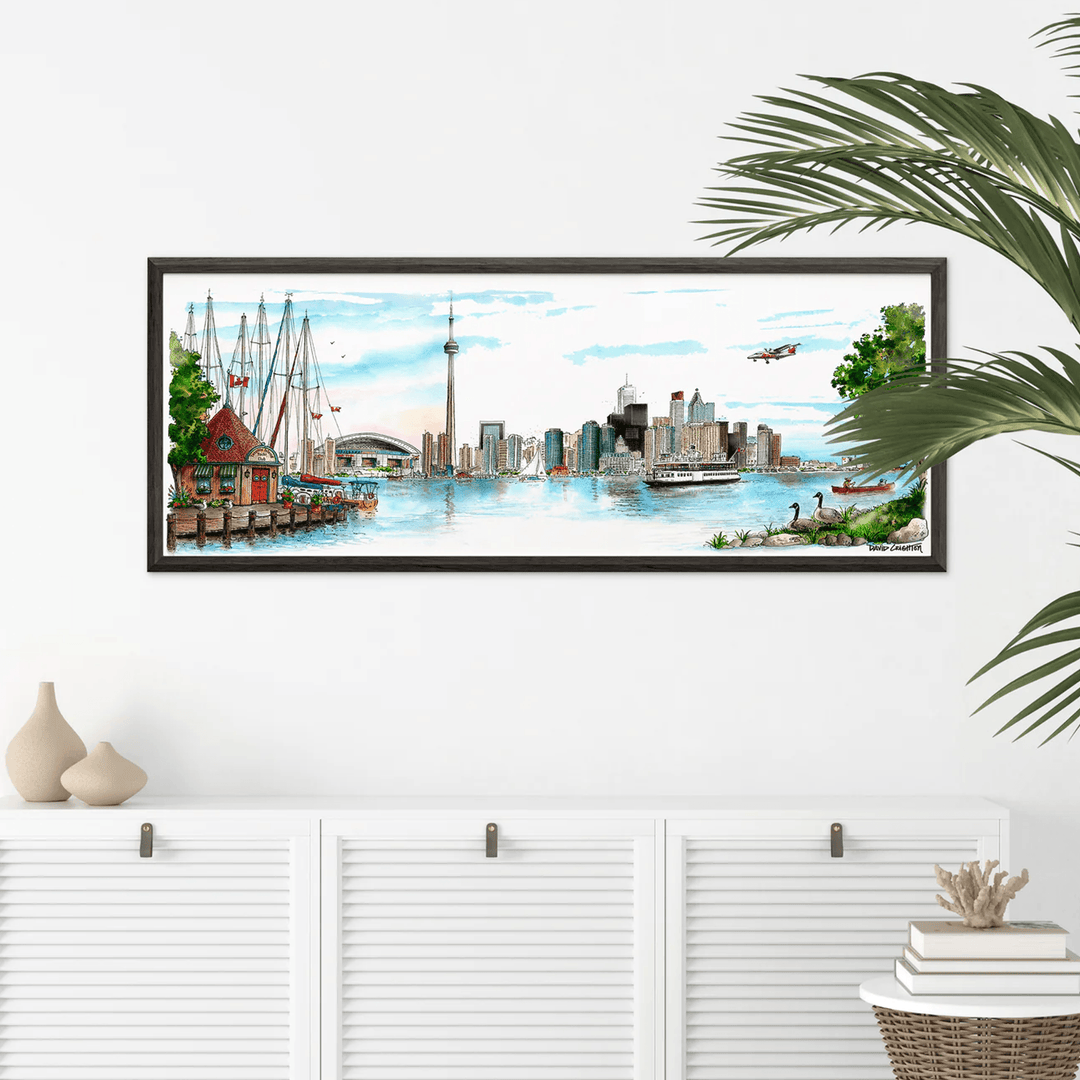
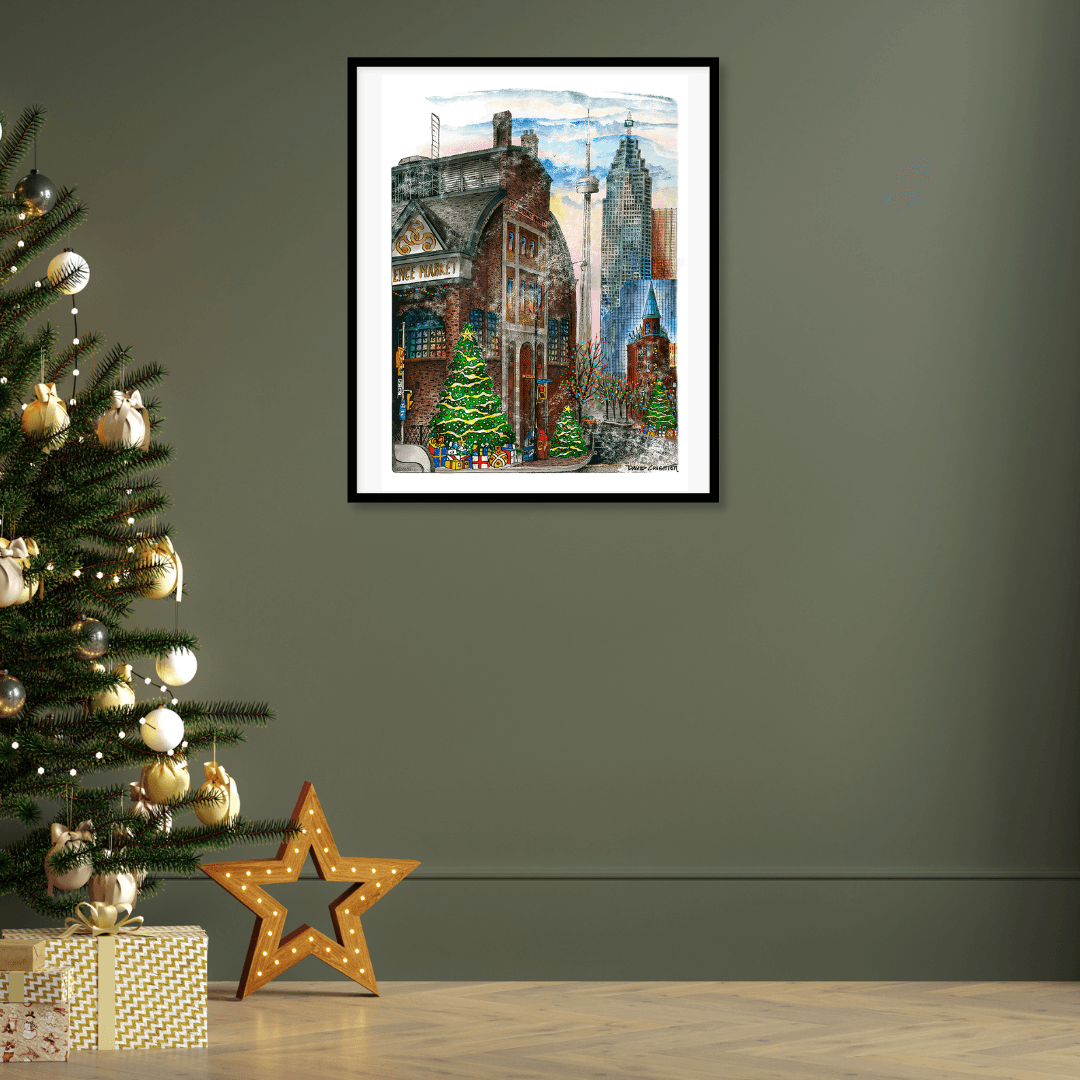
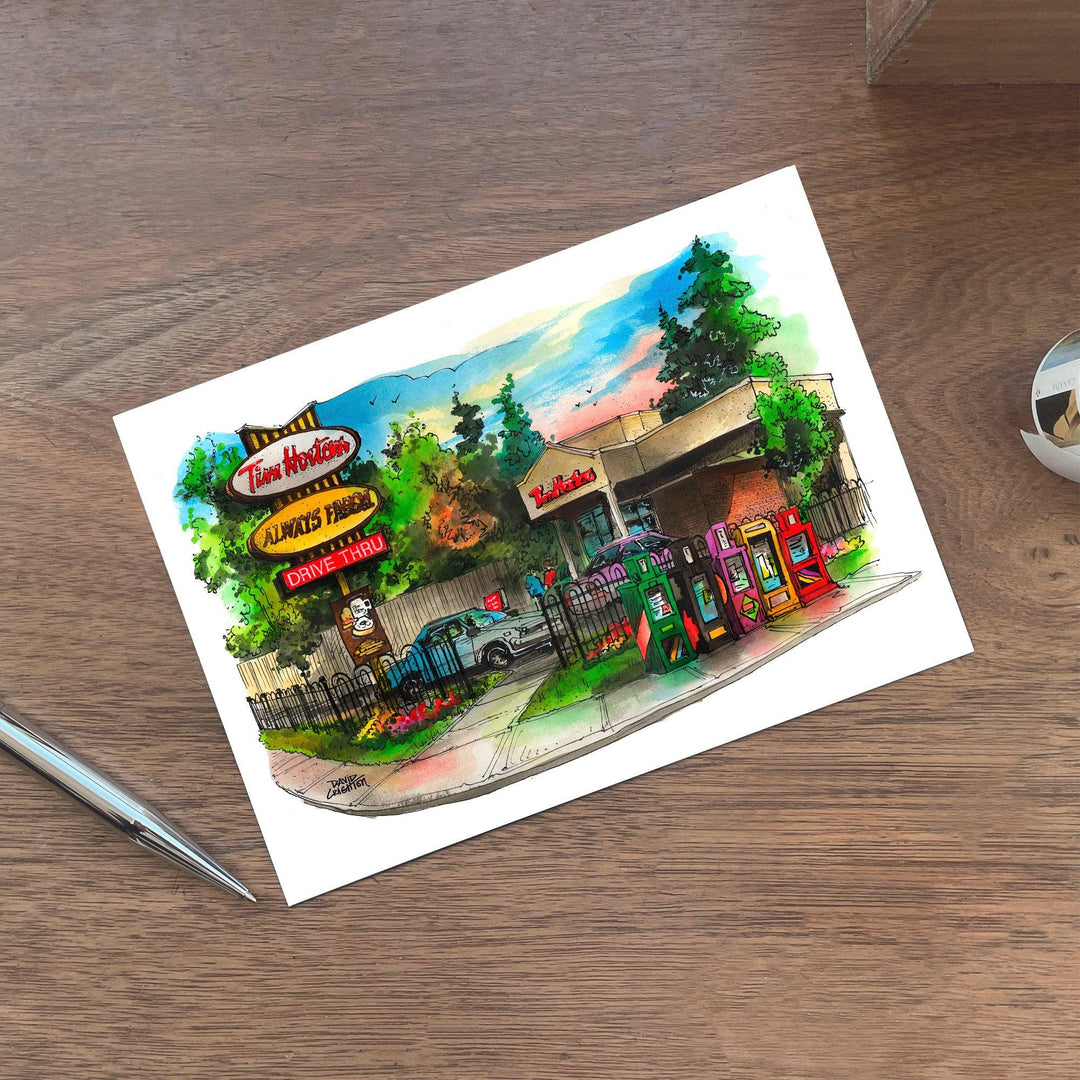
Leave a comment